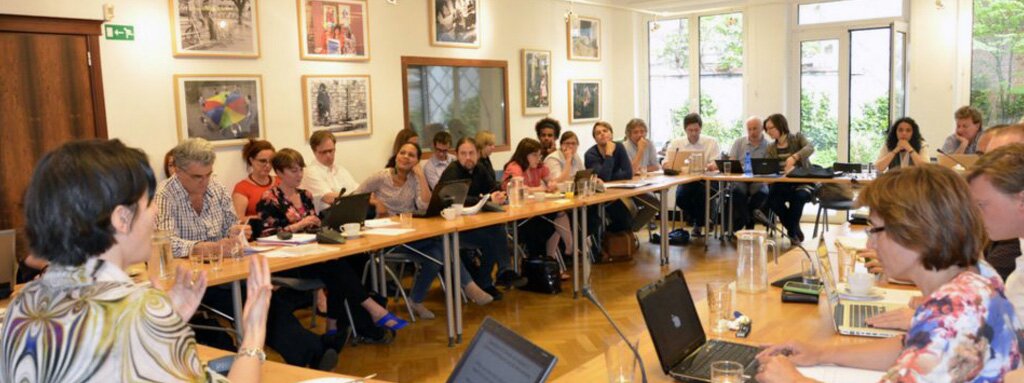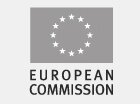
The methodology implemented in WILCO was conducive to the formulation, replication and assessment of innovative policies aiming at social cohesion in European cities, namely via the multi-adaptor methodological tool.
In order to achieve the objectives, the research work was divided into eight work packages with specific scientific, managerial and communication tasks:
Work package 1 (Scientific Management) ensured that collaboration will proceed efficiently and researchers can focus their energy on the things that matter.
Work package 2 (Local welfare from a historical-institutional perspective), through expert interviews and a literature review, identified the national traditions of welfare and formal pre-conditions within which local welfare policies and initiatives take shape. Given the wide knowledge accumulated in past research, WILCO focused on developments in the last five years and specifically on the selected policy fields. We in the process developed a methodological tool to allow systematic comparison even when understandings of what constitutes the ‘local’ are very different.
Work package 3 (Measures of social cohesion) charted patterns of social inequality and social cohesion within the contexts identified in WP2. First, we brought together the available data on social inequality and social cohesion in urban contexts; first nationally, then measured specifically for the cities (two per country) which we have chosen for in-depth study in the second part of the project. We did this on the basis of a plurality of research tools: statistical analysis on the basis of local available data; evidence from official and/or research documentation; and interviews with experts. This resulted in the First Milestone. This aggregated the country and comparative reports.
Having established the background against which local welfare initiatives must be understood, Work package 4 (Urban policy innovations in local welfare: core ideas) started with analysing how local welfare was framed. Epistemological communities define the core ideas of good local welfare practices, i.e. how efforts to combat social inequality and encourage social cohesion are successful or innovative. This, by extension, determines which bottom-up initiatives and professional practices eventually become part of local (and national) welfare policies. Discursive analysis of documentation, interviews and focus groups were the selected methodology.
Work package 5 (Instruments and approaches in local welfares systems: innovation, adoption and adaptation) examined the use of concrete instruments and approaches adopted as ‘best practices’ in the urban context. Highly varied discourses and struggles over the direction of local welfare systems (described in WP4) can lead to different concrete approaches, but can also show a remarkable agreement. The crucial question was how there is a link between ideas of what are good and innovative local welfare practices and actual practices that emerge to combat social inequality and encourage social cohesion. These two WP together resulted in the Second Milestone.
Within Work package 6 (Overview and reflection), the final report summarises all the project findings not by stapling previous work together, but by reducing it to an accessible report of 50 pages.
Work package 7 (Dissemination strategy) involved a combination of traditional and innovative modes of communication aiming at generating a valuable information flow and publicity about the results of WILCO. The dissemination strategy included the traditional information channels of the research community (peer-reviewed publications, project and consortium partners’ websites, and scientific conferences) as well as consistent interaction with practitioners (grassroots events, the development of training modules and media presence). There was continuous interaction with external stakeholders, e.g. through the national and local networks of the European Anti-Poverty Network.
Work package 8 (Non-scientific management) dealt with the technical and administrative management. Secondly, it provides a support centre for all partners’ activities. Its specific objective was to support the timely and efficient implementation of the work plan.





